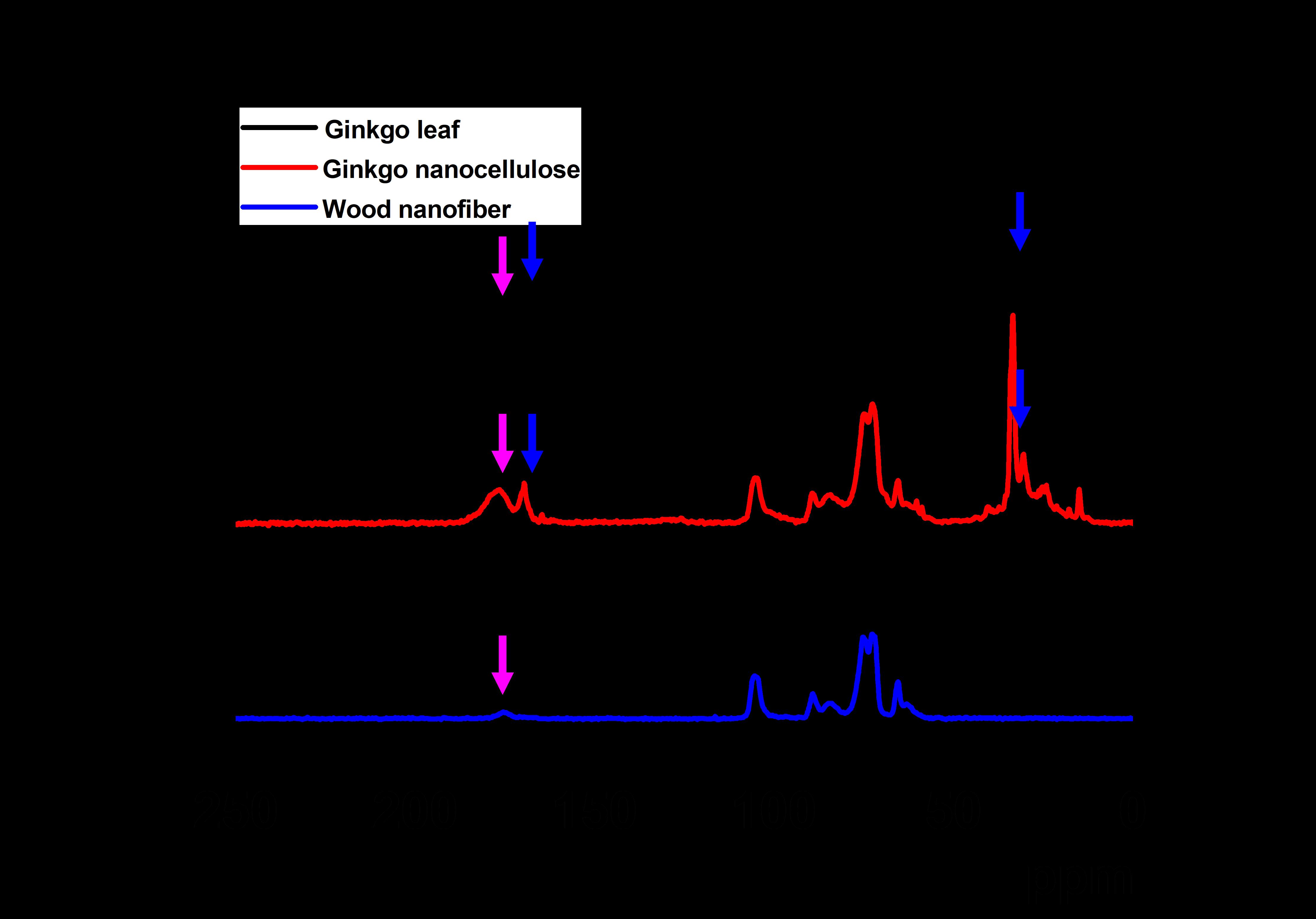
Nanocelluloses with fiber diameter of ~5 nm were extracted facilely from seasonal defoliation of ginkgo leaves by combined TEMPO-mediated oxidation/mechanical treatment and were used as adsorbents to remove charged contaminants from water. The chemical composition of nanocellulose was determined by solid-state 13C NMR and elemental analysis, whereas the morphology was characterized by TEM and POM techniques. The adsorption capacity of ginkgo nanocellulose against cationic dye molecules and heavy metal ions (e.g., cupric ions) were investigated in a static adsorption study. The results verified that nanocelluloses extracted from biomass waste, such as ginkgo leaves, could be used as efficient adsorption media for remediation of contaminated water.
